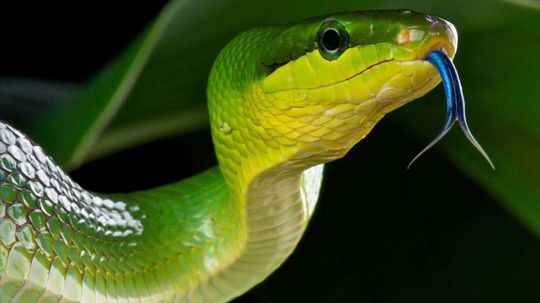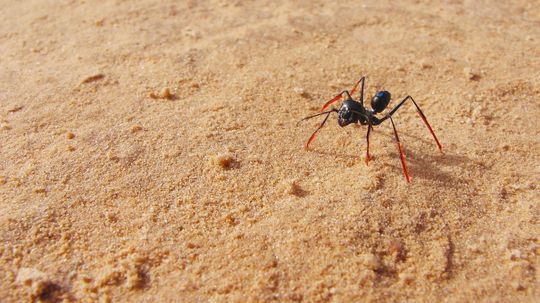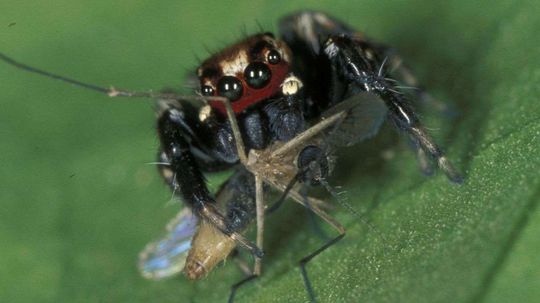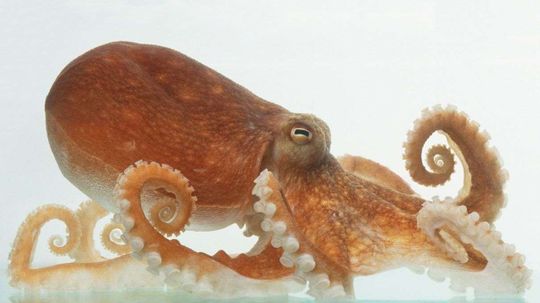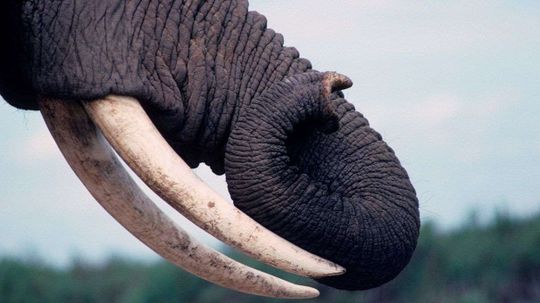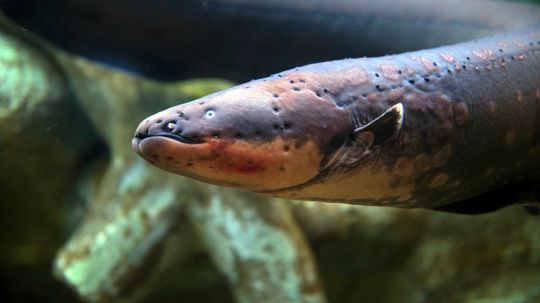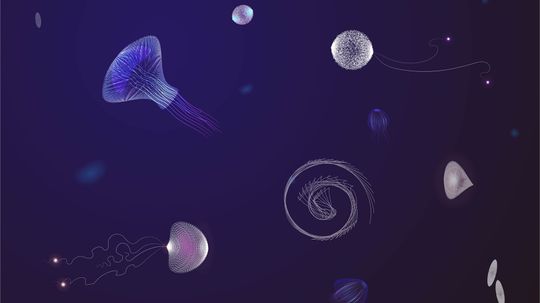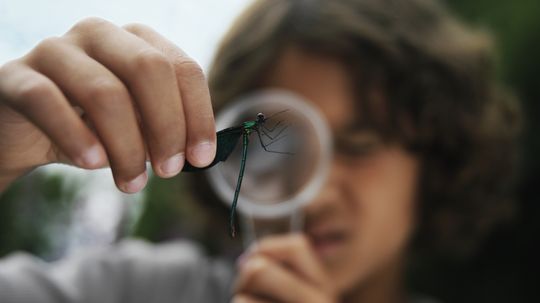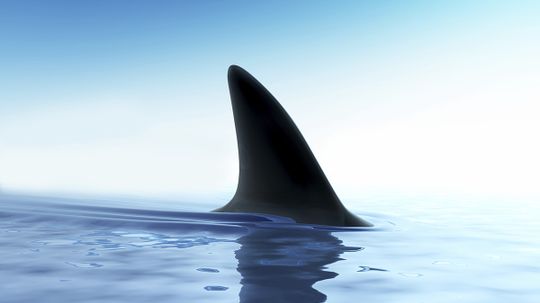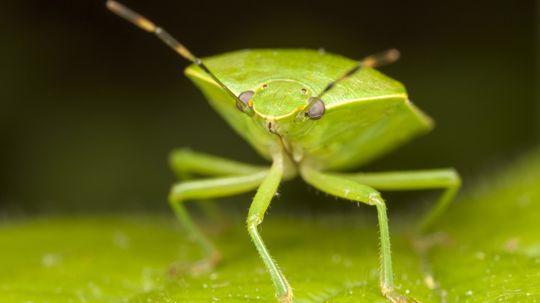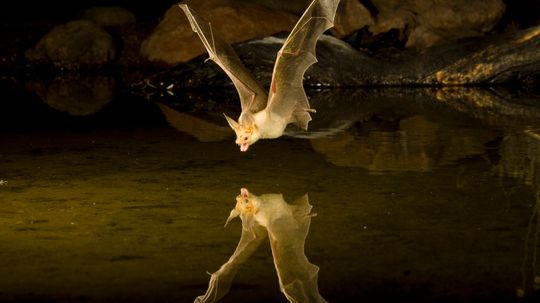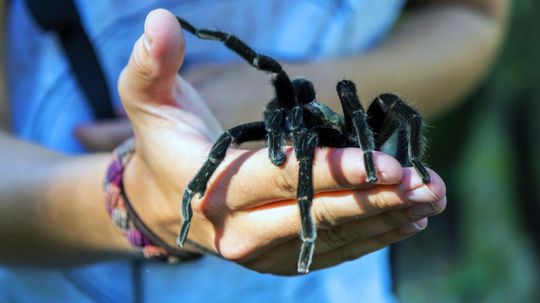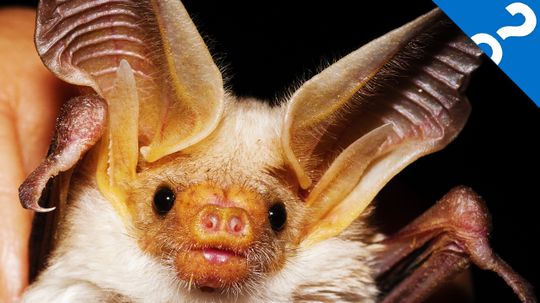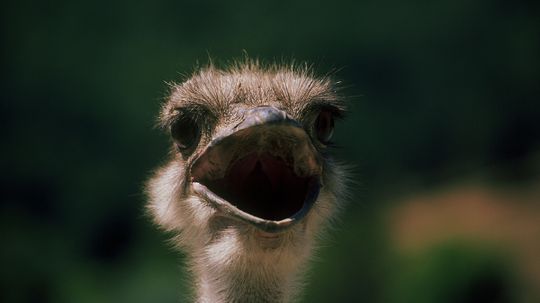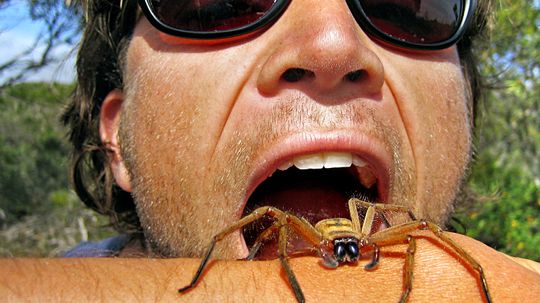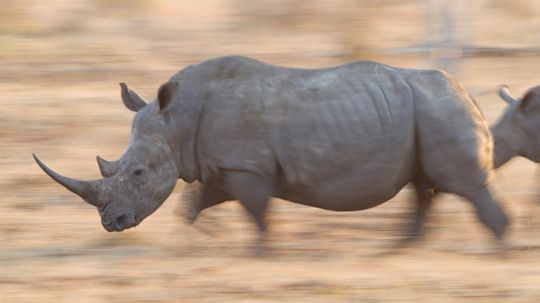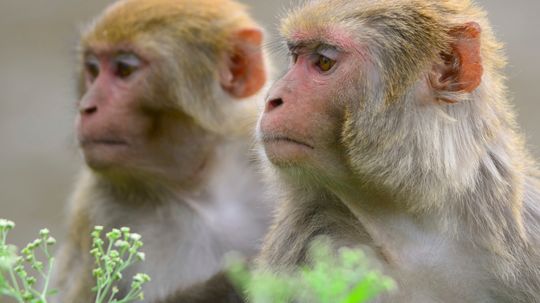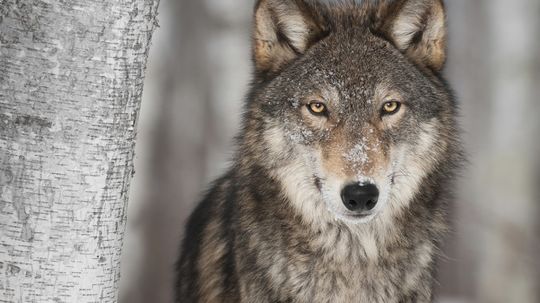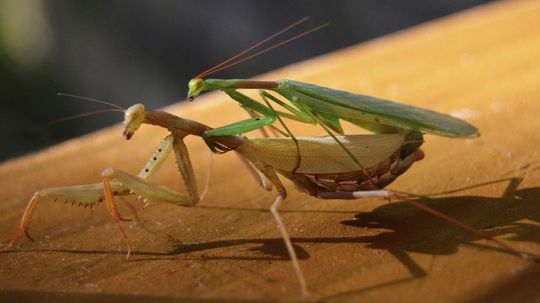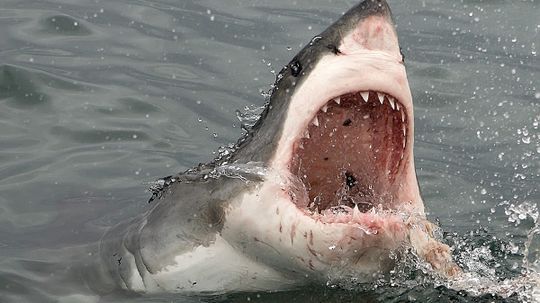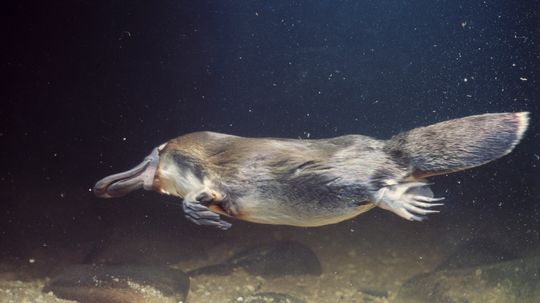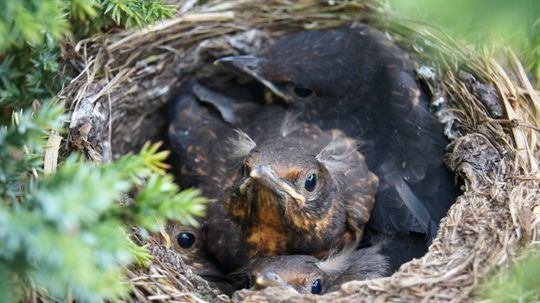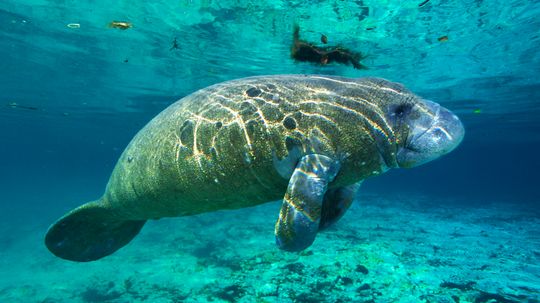Wild Animals
Whether they crawl, fly, swim, slither, walk, run or pounce, wild animals rely on their instincts. Read about all kinds of wild animals, mammals, birds, fish, insects, reptiles and amphibians.
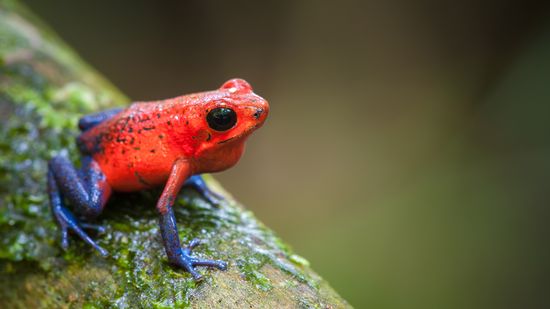
12 Colorful Frog Species: From Tie-dyed Designs to Rare Hues
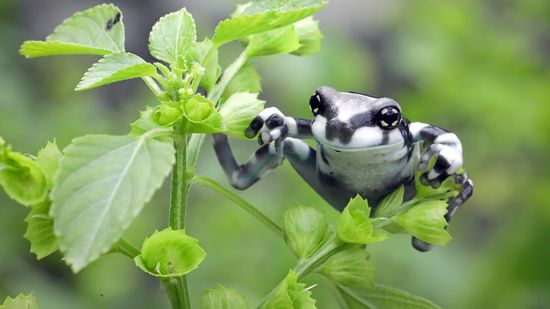
Amazon Milk Frog: Named for Its Defense, Not Its Color
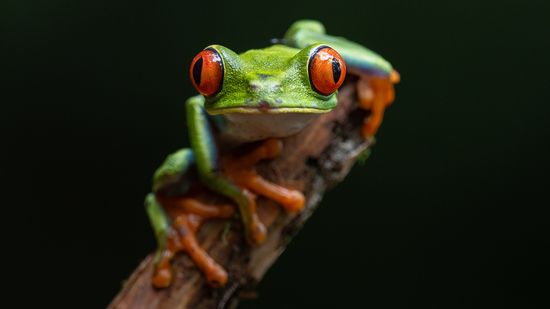
The Red-eyed Tree Frog Has Extremely Sensitive Skin
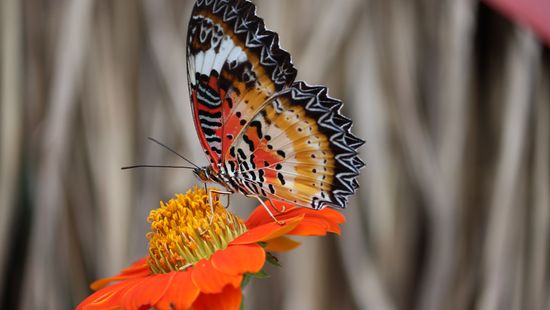
10 Red Butterfly Species Found From India to Florida to Europe
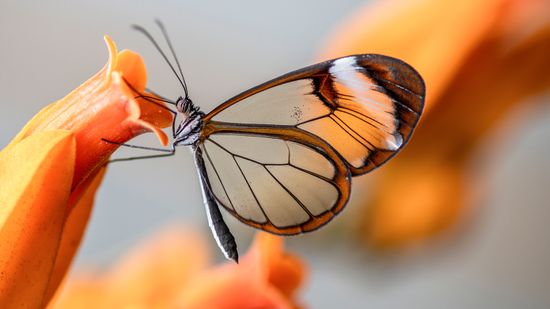
How the Glasswing Butterfly Flutters (Almost) Invisibly
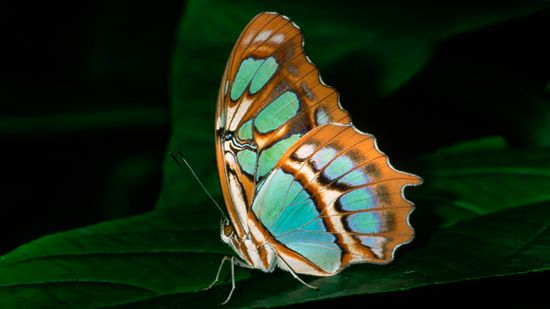
6 Green Butterfly Species Blending in With Their Environments
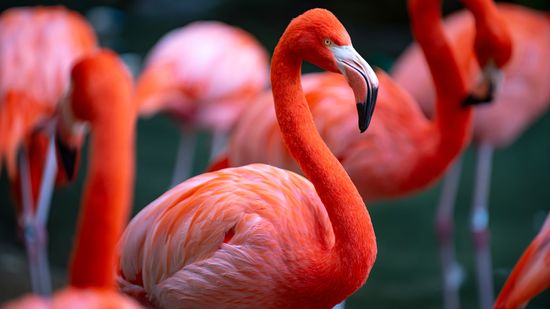
What Is a Group of Flamingos Called? Not a Flock, Another 'F' Word
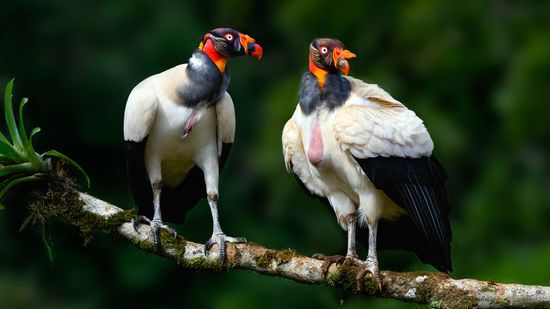
7 Ugliest Bird Species: Evolutionary Qualities That Aren't So Pretty
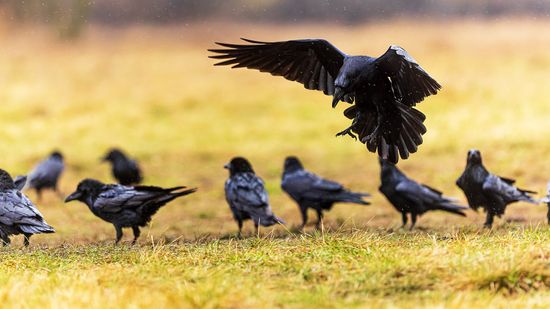
What's a Group of Ravens Called? Not a Murder (That's Crows)
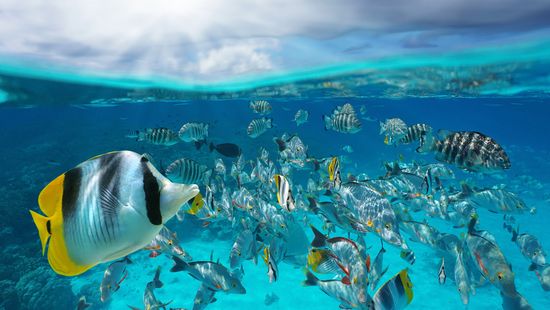
What Is a Group of Fish Called? Not Always a School
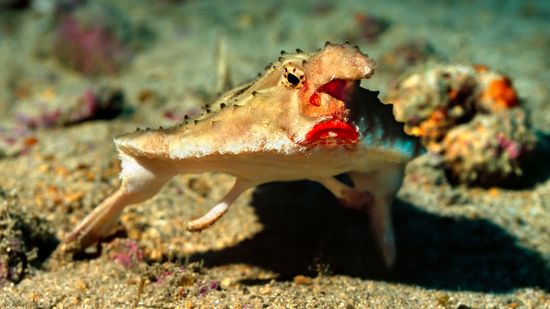
10 Weirdest Fish in the World: Batfish, Hairy Frogfish, and More
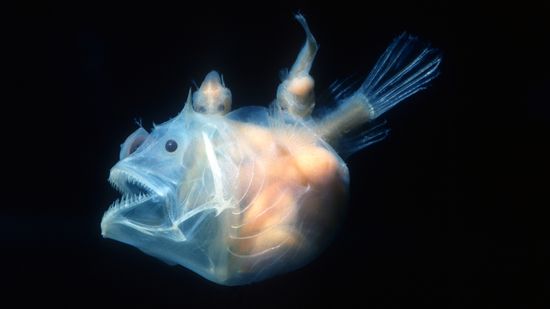
10 Scariest Fish Lurking in Rivers, Deep Ocean Waters, and Shells

What Is a Group of Ferrets Called? You're Such a Busybody
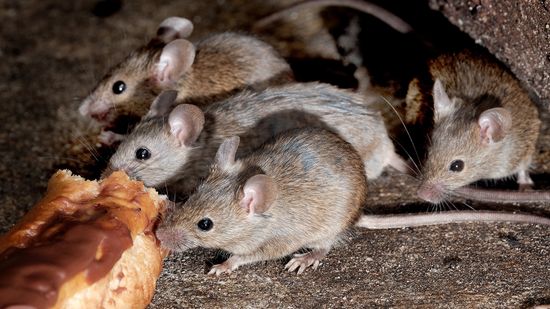
What Is a Group of Mice Called? Not Always a Colony
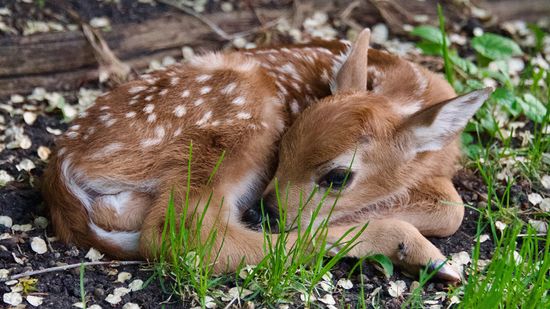
What Is a Baby Deer Called? (Aside From Adorable)
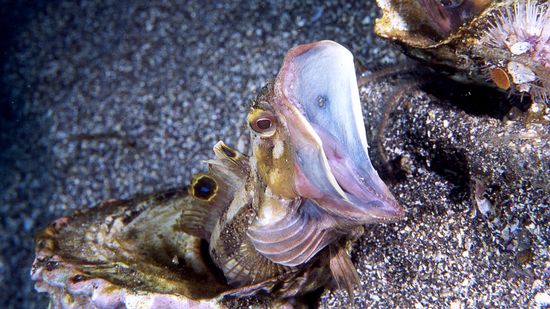
10 of the Scariest Sea Creatures Lurking in the Ocean's Depths
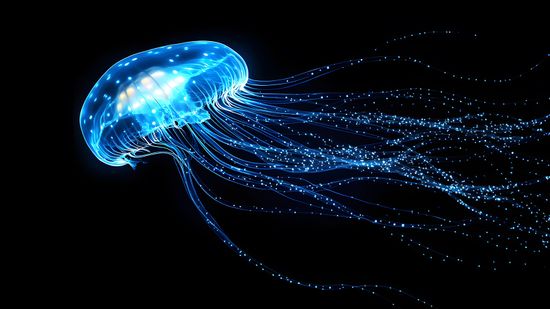
How Bioluminescent Jellyfish Get Their Signature Glow
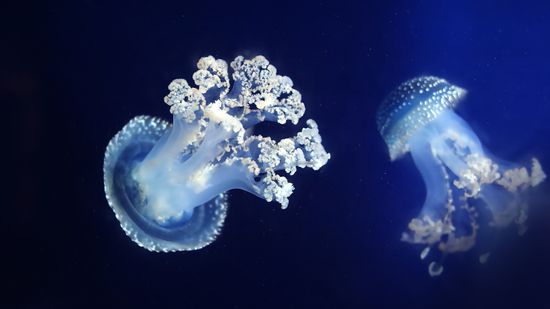
White Spotted Jellyfish: Cute Until They Become Invasive

10 Cutest Snake Species That Have Us Squeeing
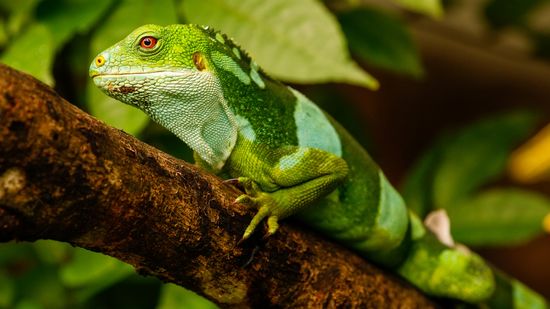
10 Colorful Lizards to Delight Reptile Lovers
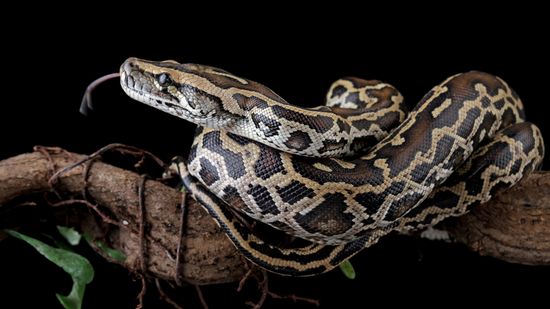
Python vs. Anaconda: Comparing Snakes and Software Languages
Learn More / Page 33
At night in caves around the world, dangling snakes emerge from hiding ready to scarf up flying bats.
By Sarah Gleim
Scientists wanted to figure out how desert ants found their way home without tree shadows to guide them. This is how they did it.
Think spiders are terrifying? It turns out that spiders with a taste for human blood are actually our allies in the fight against malaria.
Advertisement
Whether they're busting open a child-proof medicine bottle or prying apart Mr. Potato Head, octopuses have some crazy brains. Actually, they have nine of them.
By Julia Layton
Creatures from pachyderms to bees are better than humans at detecting scents.
Electric eels actually aren't eels at all, but they certainly are electric. Their shock can kill animals in surrounding waters, but could it take down a human?
The Mariana Trench is the deepest place on Earth, and we're still in the dark about much of the life that calls it home. Here are just a few of the trench's eye-popping residents.
Advertisement
Bugs can destroy crops and spread disease, but those little critters also pollinate our plants. These are just a few of the reasons they're important - and even cool! - to study.
By Erin Wright
Most of us would take to the seas a bit easier without any hammerheads, blacktips or bull sharks patrolling the waters below. The truth is, however, sharks help maintain a balanced ecosystem.
By Chris Opfer
When you handle deadly snakes for a living, caution is job one. When you handle snakes for God, it is not. Let's meet some folks in both worlds.
By Julia Layton
Bugs are insects, but not all insects are bugs. What differentiates the two?
Advertisement
Some bats are messing with their neighbor's sonar to throw them off the track of food.
We think we know all about spiders - they spin webs to trap prey; if they bite you, you might die. And if you find one in your house, you should set it free. But what if all these beliefs are a web of lies?
By Chris Opfer
Bats can spread deadly human diseases. Join Lauren as she interviews a virologist about the powerful immune systems of these fascinating creatures of the night.
When a friend decides to ignore their problems, you might liken them to an ostrich. But ostriches are much more likely to face a problem head-on than hide it in the sand.
By Bambi Turner
Advertisement
Worried about creepy-crawlies entering your mouth while you sleep? Relax, spiders have no interest in being eaten. In fact, there's no record of anyone swallowing a spider while sleeping.
By Bambi Turner
Afraid your formerly humble bonfire has grown a little out of control? Never fear: Your trusty rhinoceros firefighters brigade should be along to stomp it out at any moment. At least, that's the legend. But is there any truth to it?
Cheetahs share so much DNA that they're practically clones of one another. But what does this mean for the future of the species?
By Bambi Turner
Monkeys share a lot in common with us, but are they just as superstitious? We know that have the ability to gamble, but is it deeper than just a game to them.
Advertisement
As fans of George R.R. Martin's "Song of Ice and Fire" series know all too well, a person encountering a dire wolf will likely end up in dire straits. But while these fearsome beasts make for great fiction, do they have any grounding in reality?
Mating shouldn't be something you lose your head over, but tell that to the male praying mantis. This poor creature has long been the butt of countless procreation jokes, but does he even deserve this unfortunate reputation?
You're not likely to ever get in a straight-up boxing match with another animal (kangaroos with boxing gloves aside). That said, it's probably a good idea to know whether a few efficient jabs to the schnoz can help you escape an irate animal.
Ah, the duckbill platypus: the creature so strange it's said to be cobbled together from a bin of spare animal parts. With its odd appearance -- and even odder abilities -- it's no surprise the creature was once dismissed as an elaborate hoax.
Advertisement
Nature can be a pretty cruel place. Out in the wild, it's either kill or be killed. But in the spirit of self-preservation, will a mama bird really abandon its young at the slightest sign of human interference? Let's check the facts.
Beautiful, graceful, majestic: Such highfalutin words might seem befitting of a mermaid, but a manatee? Perhaps our humble friends deserve a bit more credit. After all, they are known to stoke the imagination of a lonely seafarer or two.
